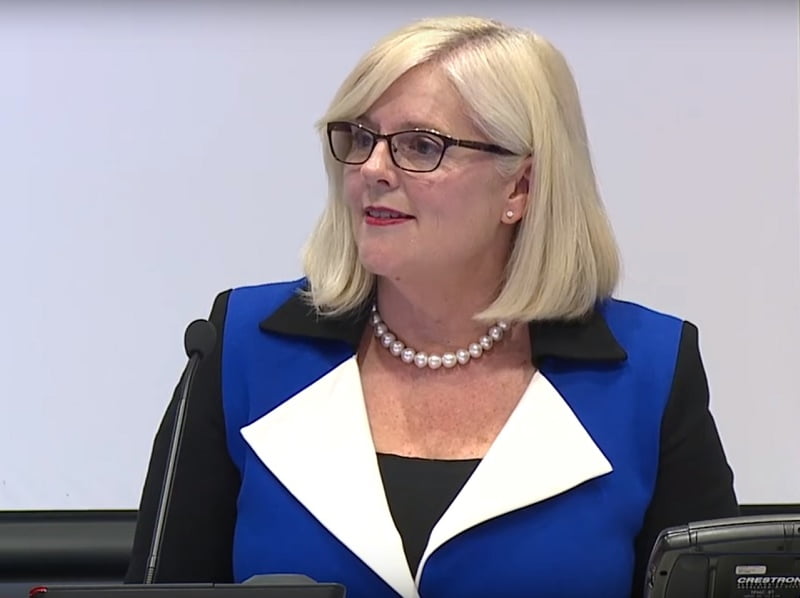The federal government has launched a new round of Cooperative Research Centre project funding (CRC-P) targeting critical minerals, taking advantage of surging global demand for lithium-ion batteries and other technologies used in electric cars and home energy storage.
Industry minister Karen Andrews said up to $20 million would be available for “critical minerals” applications as part of Round Seven of the CRC-P grants scheme which is aimed at strategically important minerals like lithium, cobalt, titanium and rare earth minerals.
The CRC-P does not exclude projects developing new extraction technologies, but broadly it is aimed at value-added processing innovations that would enable higher value exports within the global renewables and storage supply chains.

The Commonwealth spelt out the longer term goal of eventually building a lithium-ion manufacturing capability through an Austrade report that identified a one-in-a-generation opportunity to build a production industry.
“What we want to do with these projects is make sure that not only are we supporting the mining component of these minerals but also the value-add,” Minister Andrews told a news conference in Canberra on Wednesday.
“To use the lithium example, lithium is expected to grow to about a $1.1 billion export by 2020, and globally the demand is expected to triple by 2027,” Mrs Andrews said. “Australia needs to be a part of that market.”
“Importantly, we want to make sure that we are value-adding, so that we are not just digging these minerals out of the ground, putting them on a ship and sending them overseas, [but] it’s actually building a tech sector here in Australia,” she said.
“[It’s about] growing our economy and making sure that we’re looking after jobs not just in the mining sector, but more broadly in research, in production and in manufacturing.
Australia is fortunate to have many critical minerals which are increasingly important both economic and strategically across the globe. Critical minerals and rare earths are used in smart phones, computer chips, solar panels, wind turbines and electric vehicles, and demand for these resources has boomed.
Lithium, for example, has tripled in price since 2010. A paper published by the Office of the Chief Scientist in mid-2018 found Australia produced more than 40 per cent of the world’s Lithium supply.
“Currently, the global lithium value chain is US $165 billion, and forecast to increase to US $2 trillion by 2025. It is estimated Australia will secure US $10 billion of the total value of the lithium market in this time through mining, but this share could dramatically increase if Australia also began processing lithium,” the Chief Scientist’s paper said.
Austrade reports that Australia boasts large quantities of virtually all of the critical minerals used in lithium-ion battery production – Lithium, Cobalt, Iron, Copper, Manganese, Alumina, Graphite, Titanium and Phosphate.
Resources Minister Matt Canavan said Australia is “one of the few countries in the world where you could make a battery from what’s in the ground just in our country.”
But he says the eye must be on the upstream value-added process work and eventually manufacturing.
“What we want to do as a government is make sure we don’t just lead the world in the production of lithium ore – which we already do – [but] to make sure that we create jobs in our manufacturing sector as well,” Mr Canavan said.
We’re doing that here today by backing those companies who want to have a go and take the next steps in lithium hydroxide production to anode or cathode production, perhaps one day and finally, ultimately, hopefully into the production of batteries as well,” he said.
“This funding that Karen has unlocked here will help those companies at the early stage do the research and development.”
Do you know more? Contact James Riley via Email.

